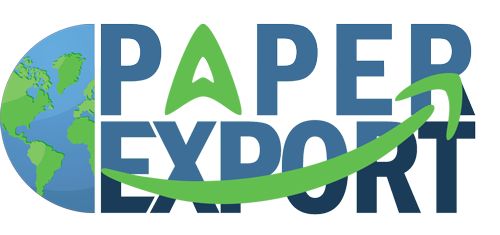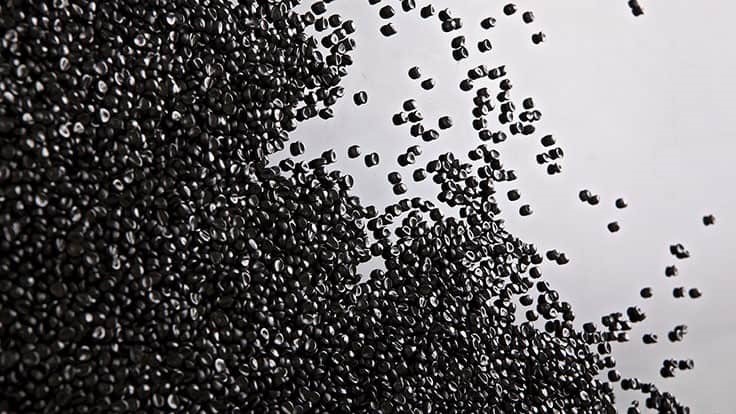China’s scrap import regulations have made domestic markets for recovered paper and plastic more important in recent years, and more capacity is coming online to consume this material, according to speakers during the WasteExpo Together Online session titled, “Commodities Updates: Fiber, Plastic & COVID-19.”
Recovered paper
“Exports are becoming less important for U.S. recovered paper, [and] U.S markets are increasing, which are good things,” Bill Moore of Moore & Associates, Atlanta, said.
E-commerce has benefited from the pandemic, which has increased demand for corrugated boxes, Moore said. Despite this growth, residential recovery of old corrugated containers (OCC) has been unable to make up for the reduction in commercial and institutional recovery during the pandemic.
Commercial OCC recovery is nearly 90 percent, while residential recovery is approximately 40 percent, Moore said. Even as commercial recovery comes back after the pandemic, the OCC supply likely will tighten because the residential collection of this material is weak by comparison, he added.
The reduction in a commercial generation coupled with increased demand from the e-commerce sector helped to drive up OCC prices in the spring, Moore said. Pricing cooled off in July and August and is “going sideways” as of mid-September, he said.
Significant new domestic capacity is coming online in the next five years to consume OCC and mixed paper. Moore said projects have been announced that will consume an additional 1.2 million tons of OCC and mixed paper combined this year, 1.9 million tons in 2021, 0.3 million tons in 2022, and 0.6 million tons in 2023. Of these 13 projects, three are speculative and may not materialize, he added.
Much of that new capacity will be coming online in the Pacific Northwest, with the rest being fairly well distributed throughout the U.S., Moore noted, with the Southwest being an exception.
Exports of recovered fiber declined 24 percent in the first half of 2020 compared with the same period in 2019, Moore said. However, domestic demand increased by 6 percent.
Old newspapers (ONP) generation in the U.S. has been declining since 2005, as has ONP demand. Moore said he expects newsprint demand to decline nearly 18 percent this year compared with last year, adding that ONP largely has become an export grade.
While Pratt Industries, Green Bay Packaging, Cascades, and Bio Pappel are among the companies that have announced their intentions to use more mixed paper in their recovered fiber furnish, the material remains chronically oversupplied in the U.S., Moore said. However, when OCC prices are up, mills tend to seek more mixed paper, and material recovery facilities (MRFs) are producing cleaner mixed paper than they have in the past, he said. The higher percentage of OCC in the mixed paper also makes it more attractive to the mills, he said.
India has helped to pick up some of the slack in mixed paper buying created by China’s exit, Moore said, has tripled the volume of this material that it purchased in 2018 and 2019.
With China’s outright ban on recovered fiber imports looming in 2021, Nine Dragons have announced plans to produce recovered fiber (RCF) pulp in the U.S. for shipment to its board mills in China.
“RCF pulp did not exist before 2017,” Moore said.
Recovered plastics
Stephanie Baker of KW Plastics, Troy, Alabama, said her company is expanding its processing capacity for high-density polyethylene (HDPE) and polypropylene (PP). The company currently has 650 million pounds of extrusion capacity and 150 million pounds of silo capacity.
KW is adding two extruders, with plans to add two to three more “if we can get the equipment, which is tight right now,” she said. “We want to get ahead of demand growth for the next two to three years.”
The company also is adding a new wash line. “Every commodity will have its own dedicated line and one will be added to increase flexibility,” Baker explained, saying KW sees the value in having employees and equipment ready to go when demand increases.
KW purchases natural HDPE bales, mixed color HDPE bales, bulky rigid HDPE bales, and PP container bales, which she said were formerly dubbed as tubs and lids.
She said the pandemic has helped to highlight recycling’s role as part of the manufacturing industry. “Recycling is essential to the manufacturing base.”
Demand for natural HDPE bales has increased during the pandemic, Baker said, and demand for the company’s recycled natural HDPE pellets have been strong as well.
Mixed color HDPE, however, is sold into the automotive sector, which was affected by the pause in manufacturing. Baker said that activity resumed earlier in the summer and that demand is expected to be back to where it was pre-lockdown. KW also saw demand from the agricultural sector increase as homeowners embarked on home improvement projects during the lockdown.
“Domestic end markets are strong and reliable, I want to assure you,” she said. “Diversity and critical mass are key to success.”

